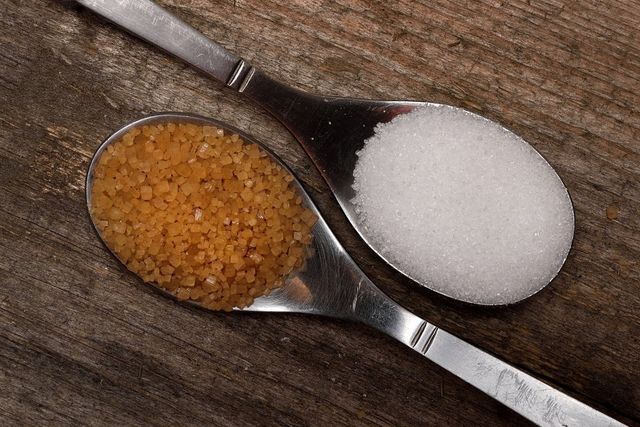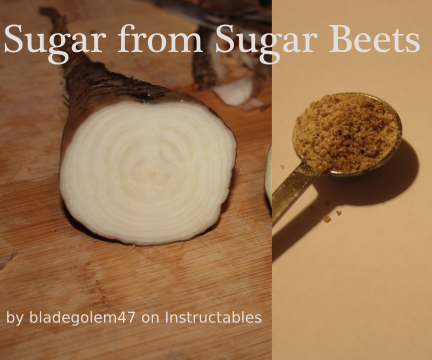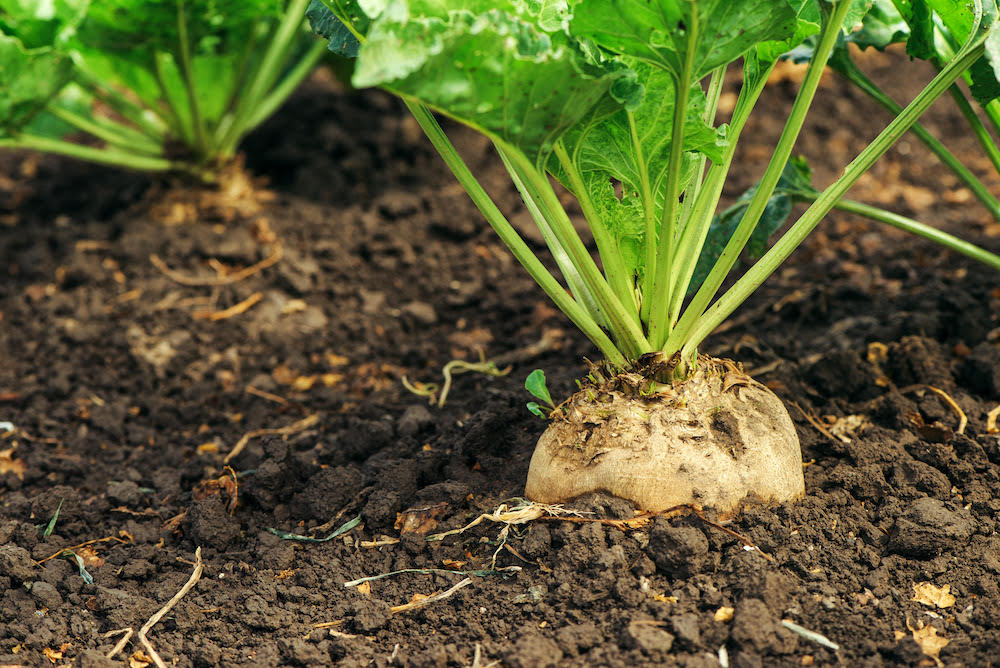A comprehensive guide to sugar beet vs sugar cane and their roles in global agriculture
Understanding Sugar Beet Vs Sugar Cane: Trick Distinctions and Their Importance in the Global Sugar Industry
The distinctions in between sugar beet and sugar cane are substantial in the context of the global sugar industry. Their differing weather needs affect where they can be cultivated, while their distinct nutritional accounts influence consumer preferences. In addition, the economic ramifications of each plant shape market characteristics. Understanding these distinctions is essential for realizing the broader effects on production and supply chains. What further complexities develop when considering their functions in the industry?
Environment and Geographic Versatility
Sugar beet and sugar cane show distinctive environment and geographic adaptability that affects their growing. Sugar beet thrives in pleasant climates, needing great climate for suitable growth. It is primarily expanded in regions such as Europe and North America, where conditions prefer its advancement during spring and fall. In comparison, sugar cane embellishments in exotic and subtropical environments, necessitating cozy temperatures and plentiful rainfall. This plant is chiefly cultivated in nations like Brazil, India, and Australia, where the environment sustains its long development cycle.The differing adaptability of these plants influences not just their geographical circulation but likewise the agricultural methods employed by farmers. Sugar beet's durability to cooler temperature levels allows for earlier growing, while sugar cane counts on a much longer growing season to achieve maximum yield. Recognizing these climatic preferences is essential for enhancing manufacturing and ensuring food protection in areas reliant on these essential sugar resources.
Cultivation and Collecting Techniques

Growing sugar beet and sugar cane involves distinct strategies tailored per plant's specific development demands. Sugar beet is commonly sown in great, temperate climates, calling for well-drained dirt and accurate spacing to permit for ideal root development. Sugar beet vs sugar cane. Farmers typically use mechanical planters to assure uniform seed positioning, complied with by regular irrigation and weed administration techniques to support growth.In contrast, sugar cane thrives in warmer climates and is usually circulated through stem cuttings rather than seeds. Planting occurs in rows, enabling sufficient sunlight and air movement. Collecting sugar cane is labor-intensive, typically including manual cutting or the usage of specialized machinery, depending on the scale of production. Alternatively, sugar beet harvesting employs mechanical harvesters that remove the roots from the dirt, minimizing damage and ensuring a cleaner item. Both plants require cautious monitoring to optimize yield and top quality, mirroring their significance in the worldwide sugar sector
Processing Approaches and Effectiveness
Processing techniques for sugar beet and sugar cane reveal key distinctions that affect effectiveness and return. Sugar beetroots undergo a collection of actions, starting with cutting the origin right into thin cossettes, complied with by extraction of juice via diffusion or pressing. This juice is after that detoxified, focused, and taken shape, leading to granulated sugar. The procedure usually takes concerning 5-10 hours from harvesting to crystallization.In comparison, sugar cane processing involves crushing the stalks to remove juice, which is then warmed and made clear. The juice undergoes evaporation and condensation, often taking longer than beet handling as a result of the fibrous nature of the cane. In addition, sugar cane can be refined continuously, improving efficiency.
Financial Effect and Worldwide Production Trends
The distinctions in handling techniques in between sugar beet and sugar cane not only affect effectiveness however also have substantial financial ramifications. Sugar cane controls in exotic regions, offering lower production prices as a result of desirable climatic problems and reduced energy requirements. In contrast, sugar beet is primarily grown in temperate areas, where higher manufacturing expenses are commonly sustained. This geographical disparity influences international supply chains, affecting rates structures and availability.Recent trends suggest a varying international additional hints need for sugar, with both crops experiencing price volatility. As countries objective for self-sufficiency, investments in neighborhood sugar beet production have increased, specifically in Europe and North America. Developing countries proceed to depend greatly on sugar cane, driven by export capacity. Overall, the economic influence of these plants is extensive, forming agricultural policies, trade contracts, and the sustainability of the worldwide sugar market.
Nutritional Profiles and Health Considerations
While both sugar beet and sugar cane work as main sources of sucrose, their dietary accounts and wellness factors to consider differ significantly. Sugar cane, frequently viewed as a much more natural sweetener, has trace amounts of vitamins and minerals, including calcium and potassium, in addition to antioxidants. In comparison, sugar beet is mostly made up of sucrose with very little dietary worth, but it is abundant in fiber and particular phytonutrients, which might use digestive benefits.Health factors to consider bordering both resources concentrate on their high glycemic index and possible implications for excessive weight and diabetic issues. While both sorts of sugar add to calorie intake, the processing approaches can influence their wellness effect. Sugar beet find more commonly undergoes comprehensive refining, while sugar cane may maintain more of its natural More Bonuses substances in less processed kinds, such as raw cane sugar. Ultimately, moderation is essential when including either right into a balanced diet.
Often Asked Concerns

Which Regions Largely Grow Sugar Beet Versus Sugar Cane?
Regions largely growing sugar beet consist of Europe and The United States and Canada, while sugar cane prospers in exotic and subtropical locations such as Brazil, India, and Southeast Asia. Environment and dirt problems substantially affect these farming patterns.
Just How Do Sugar Beet and Sugar Cane Differ in Preference?

What Prevail By-Products of Sugar Beet and Sugar Cane?
Typical by-products of sugar beet consist of molasses and animal feed, while sugar cane returns bagasse, molasses, and ethanol. Both crops contribute considerably to different sectors, enhancing sustainability and economic value beyond their primary sugar manufacturing.
Exactly How Do Environmental Variables Affect Sugar Beet and Sugar Cane Returns?

What Is the Historical Importance of Sugar Beet and Sugar Cane Cultivation?
The historic value of sugar beet and sugar cane farming depends on their roles in global economic climates, farming methods, and profession. Both plants shaped social structures, affected early american plans, and added to the advancement of modern-day sectors.